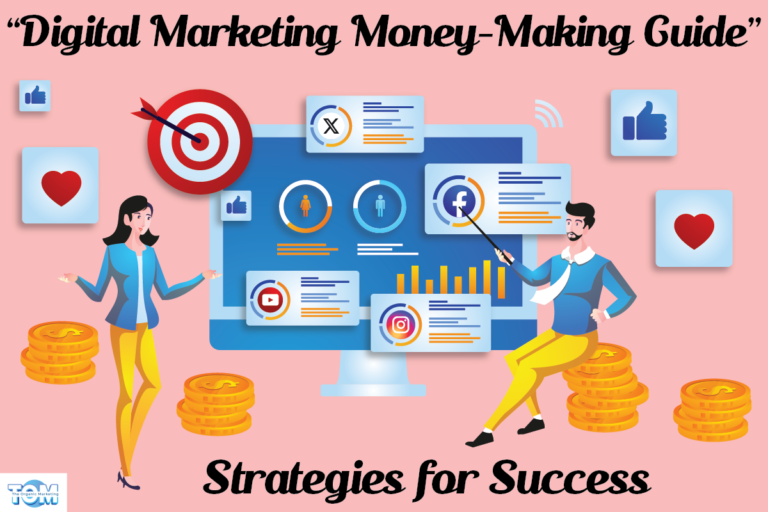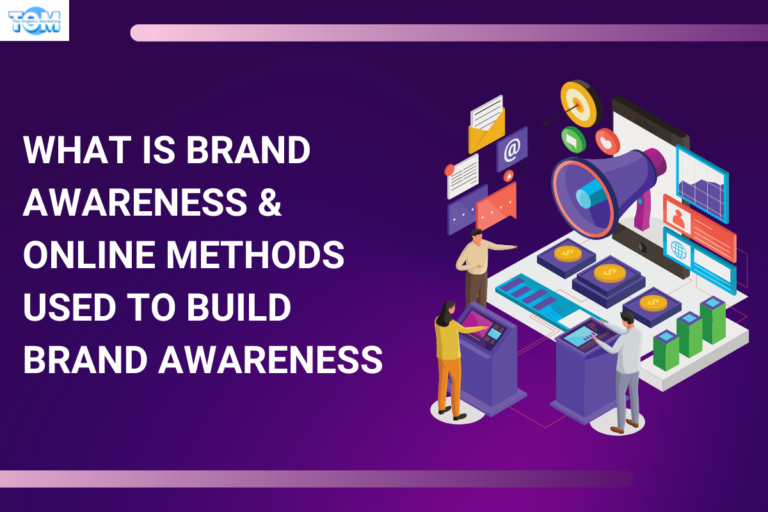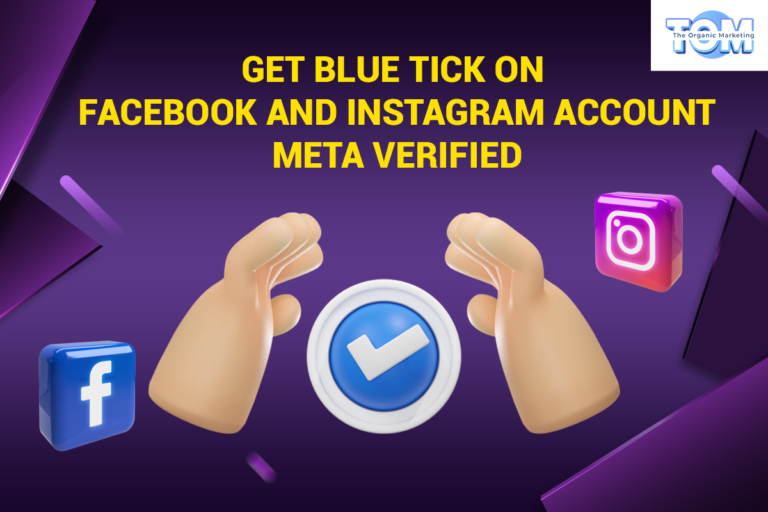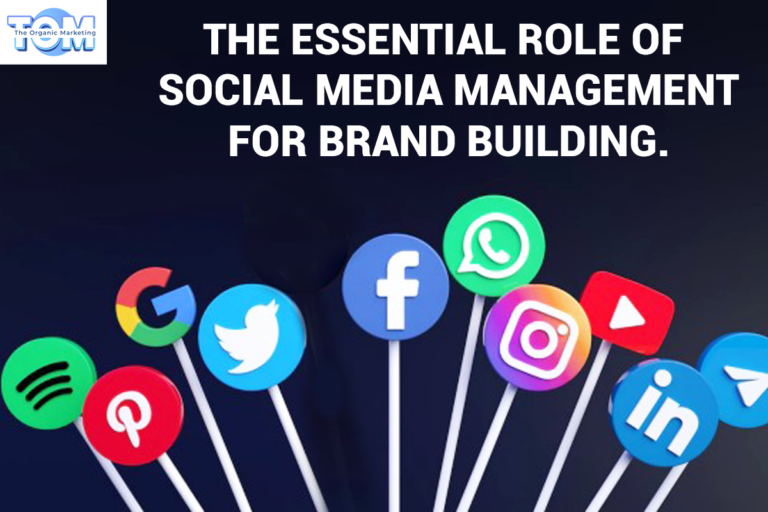Top Influencer Marketing Trends: Stay Ahead in Digital Marketing
Welcome to the dynamic world of influencer marketing, where trends ebb and flow like the tide, shaping the digital landscape in their wake. As brands navigate the ever-evolving terrain of influencer partnerships, staying ahead of the curve is essential for success. Join us as we dive into the latest trends reshaping influencer marketing, offering insights and strategies to help brands harness the power of collaboration in the digital age.
The Evolution of Influencer Marketing: From humble beginnings to a multi-billion-dollar industry, influencer marketing has undergone a remarkable evolution in recent years. What started as simple product endorsements has evolved into sophisticated collaborations, spanning a diverse array of industries and platforms.
Why Influencer Marketing Matters: In an era characterized by ad fatigue and declining consumer trust, influencer marketing offers a refreshing alternative. By leveraging the credibility and authenticity of trusted personalities, brands can connect with their target audience in a more genuine and relatable way, driving engagement, brand loyalty, and ultimately, sales.
Emerging Influencer Marketing Trends:
- Micro-Influencers Take Center Stage: As the influencer landscape becomes increasingly saturated, brands are turning to micro-influencers—individuals with smaller but highly engaged followings—to cut through the noise. With their niche expertise and authentic connections, micro-influencers offer brands an opportunity to reach hyper-targeted audiences with greater authenticity and impact.
- Authenticity Reigns Supreme: In an age of curated content and polished aesthetics, authenticity has never been more important. Influencer partnerships that feel genuine and relatable resonate more deeply with audiences, driving higher levels of engagement and trust. Brands are increasingly prioritizing authenticity over reach, favoring influencers who share their values and connect authentically with their audience.
- Diversification of Platforms: While Instagram remains a dominant force in influencer marketing, brands are diversifying their approach by exploring alternative platforms such as TikTok, YouTube, and Twitch. Each platform offers unique opportunities for creativity and engagement, allowing brands to reach new audiences and experiment with different types of content and collaborations.
- Long-Term Partnerships and Brand Ambassadors: Rather than one-off collaborations, brands are increasingly investing in long-term partnerships with influencers, cultivating ongoing relationships built on trust and mutual benefit. By becoming brand ambassadors, influencers can authentically integrate products into their content over time, fostering deeper connections with their audience and driving sustained brand awareness and loyalty.
Best Practices for Influencer Marketing Success:
- Define Clear Objectives: Before setting sail on your influencer marketing voyage, it’s crucial to chart your course by clearly defining your objectives and setting sail with a compass of key performance indicators (KPIs). Whether it’s increasing brand awareness, driving website traffic, or boosting sales, a clear understanding of your goals will guide your strategy and measurement.
- Research and Vetting: Take the time to research and vet potential influencers to ensure they align with your brand values, target audience, and campaign objectives. Look beyond vanity metrics such as follower count and engagement rate, focusing instead on factors such as authenticity, relevance, and audience demographics.
- Collaborate Creatively: Collaborate closely with influencers to co-create content that resonates with their audience while authentically representing your brand. Encourage creativity and authenticity, allowing influencers the creative freedom to showcase your product or service in a way that feels genuine and relatable to their audience.
- Measure and Iterate: Use data and analytics to measure the success of your influencer marketing campaigns, tracking key metrics such as engagement, reach, and conversion rates. Use these insights to iterate and optimize your approach over time, refining your strategy based on what resonates most with your audience.
Conclusion: As influencer marketing continues to evolve and mature, brands must adapt to stay relevant in an ever-changing landscape. By embracing emerging trends such as the rise of micro-influencers, prioritizing authenticity, diversifying platforms, and investing in long-term partnerships, brands can harness the power of influencer marketing to drive meaningful engagement, build brand loyalty, and achieve their business objectives in the digital age.
Ready to elevate your influencer marketing strategy and ride the wave of emerging trends? Connect with us at The Organic Marketing to explore how we can help you identify the right influencers, craft compelling campaigns, and achieve your marketing goals in the dynamic world of influencer marketing.





